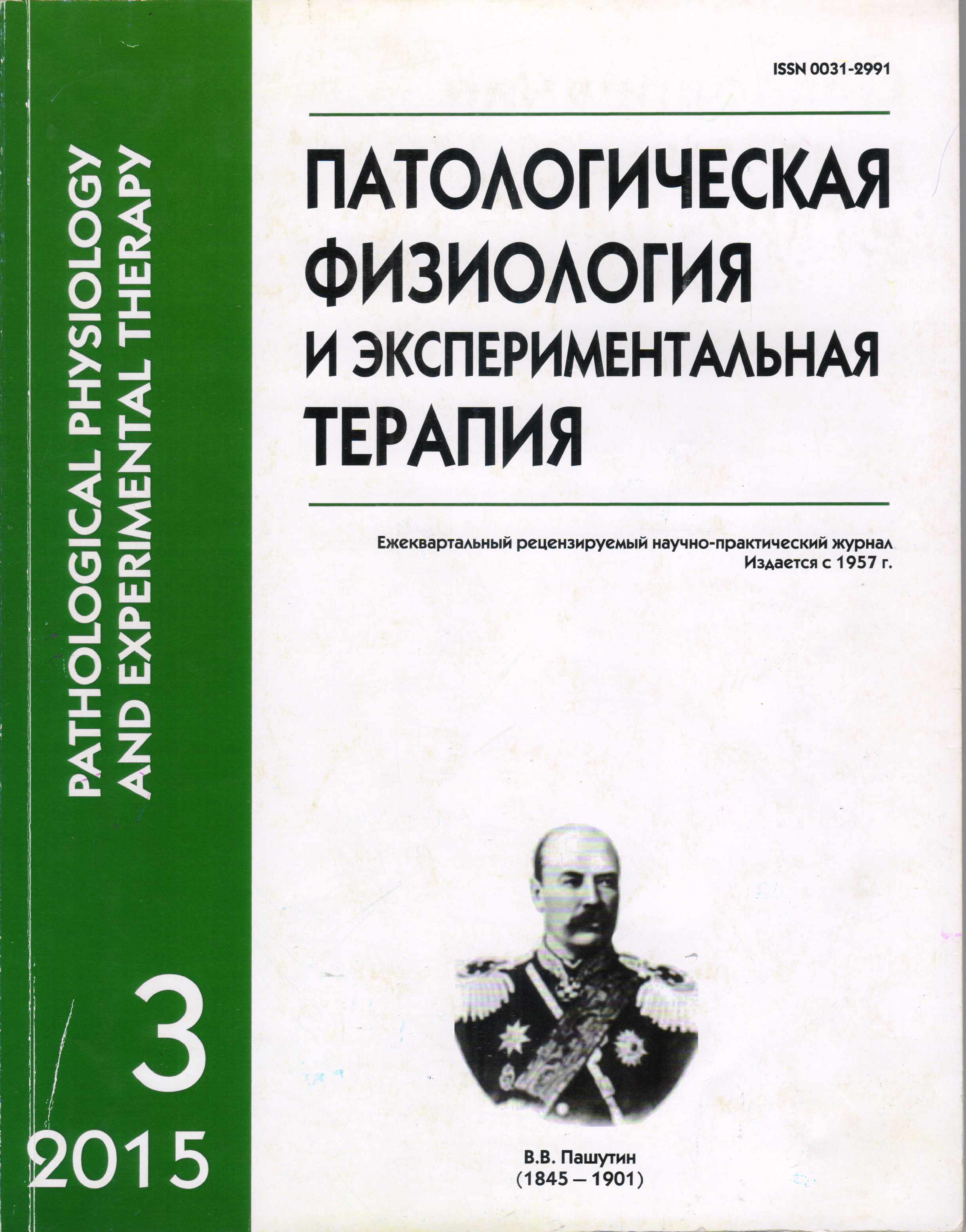Ability of human monocytes to activate in atherosclerosis
Keywords:
atherosclerosis, macrophage, monocyte, activation, inflammation, lipoproteins, lipids, individual profile
Abstract
Monocytes were isolated from blood of patients belonging to three groups: those with normal intima-media thickness (IMT) of carotid arteries, patients with increased IMT and patients with atherosclerotic plaques. The degree of activation of the macrophages was determined by the concentration of the cytokine TNF-α and chemokine CCL18 in the culture medium. When comparing the average values of the concentrations of TNF-α and CCL18 for patients in all groups dramatic individual differences were revealed. These individual differences were found within each group and in the pool. An inverse relationship between intracellular cholesterol levels and the ability of monocytes to activate was found. To clarify the cause of this relationship, monocytes were cultured with atherogenic modified low-density lipoprotein, causing accumulation of cholesterol in cultured cells. The accumulation of intracellular cholesterol had no effect neither on the secretion of cytokines nor on the expression of their genes. Therefore, individual differences in the activation capacity of monocytes is not determined by the accumulation of intracellular cholesterol caused by atherogenic lipoproteins. The data obtained can be explained by the individual characteristics of the immune response in different patients.Downloads
Download data is not yet available.
Published
11-11-2015
How to Cite
Nikiforov N. G., Makeev V. J., Elizova N. V., Orekhov A. N. Ability of human monocytes to activate in atherosclerosis // Patologicheskaya Fiziologiya i Eksperimental’naya Terapiya (Pathological physiology and experimental therapy). 2015. VOL. 59. № 3. PP. 100–105.
Issue
Section
Original research






